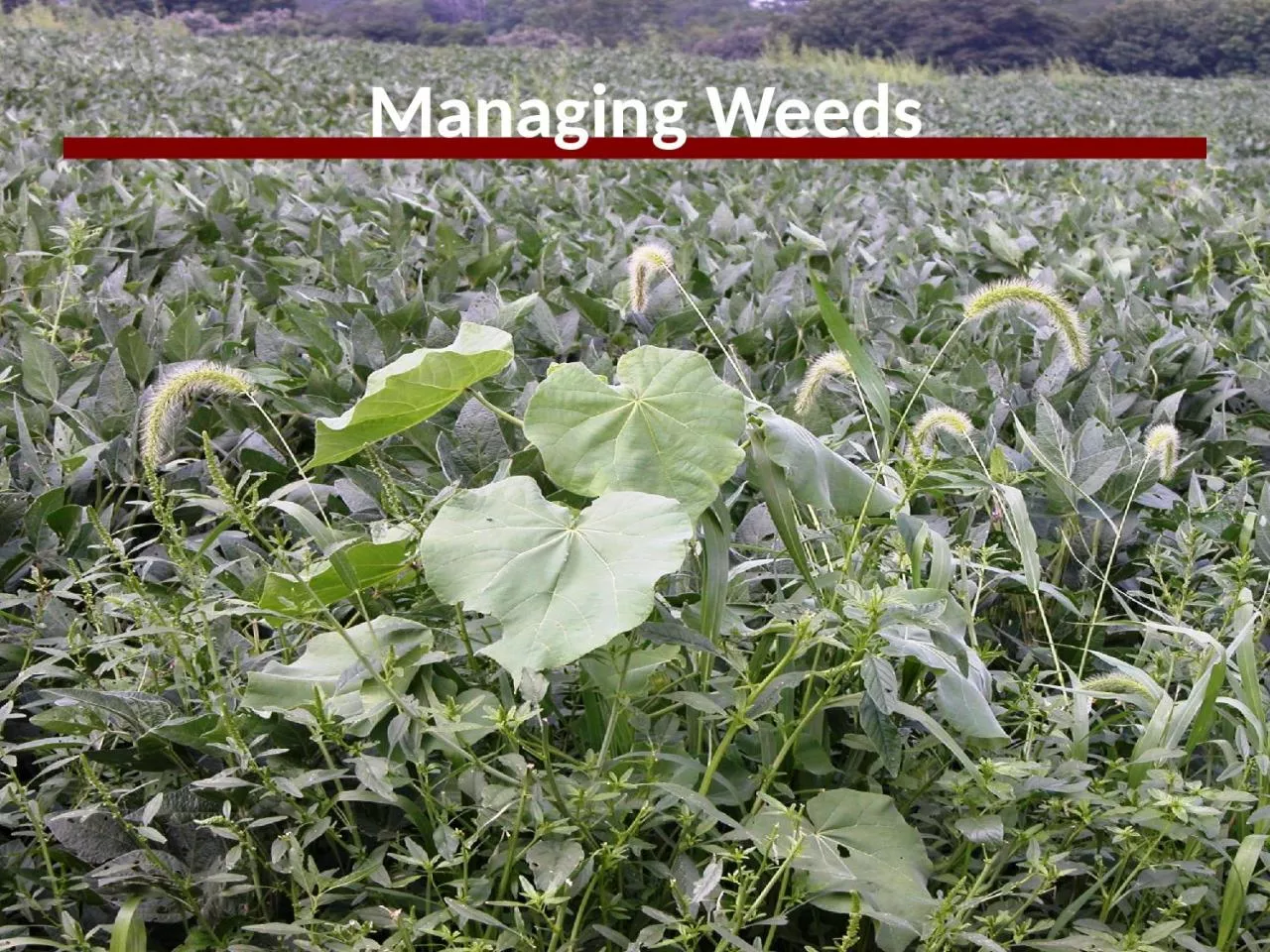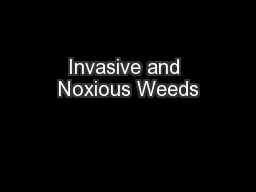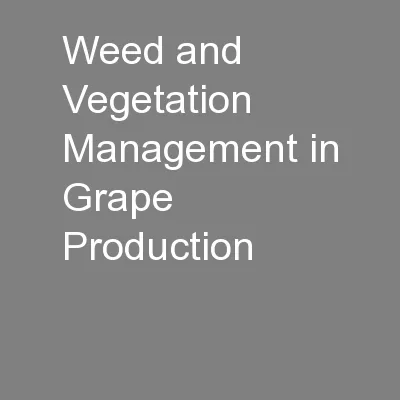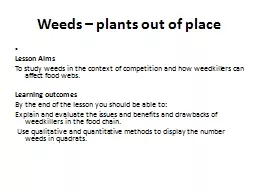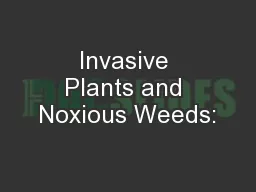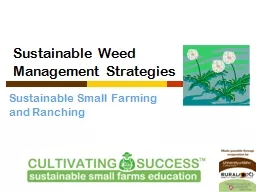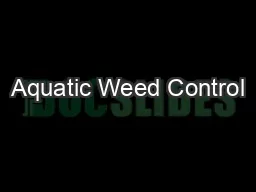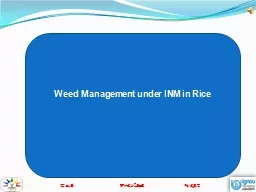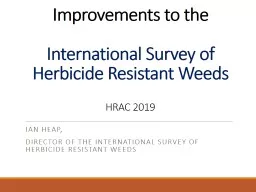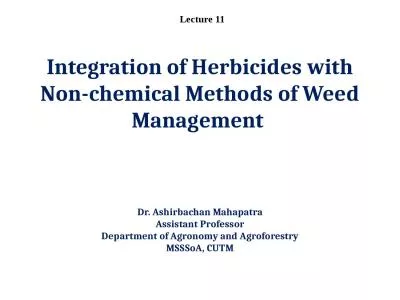PPT-Managing Weeds Timeliness of weed control
Author : elizabeth | Published Date : 2022-06-28
Weeds are best controlled within the first several weeks after a crop is planted Herbicides are more effective against smaller weeds Smaller weeds are less competitive
Presentation Embed Code
Download Presentation
Download Presentation The PPT/PDF document "Managing Weeds Timeliness of weed contro..." is the property of its rightful owner. Permission is granted to download and print the materials on this website for personal, non-commercial use only, and to display it on your personal computer provided you do not modify the materials and that you retain all copyright notices contained in the materials. By downloading content from our website, you accept the terms of this agreement.
Managing Weeds Timeliness of weed control: Transcript
Download Rules Of Document
"Managing Weeds Timeliness of weed control"The content belongs to its owner. You may download and print it for personal use, without modification, and keep all copyright notices. By downloading, you agree to these terms.
Related Documents

